Kolkata Partition Museum, a dream awaiting realisation
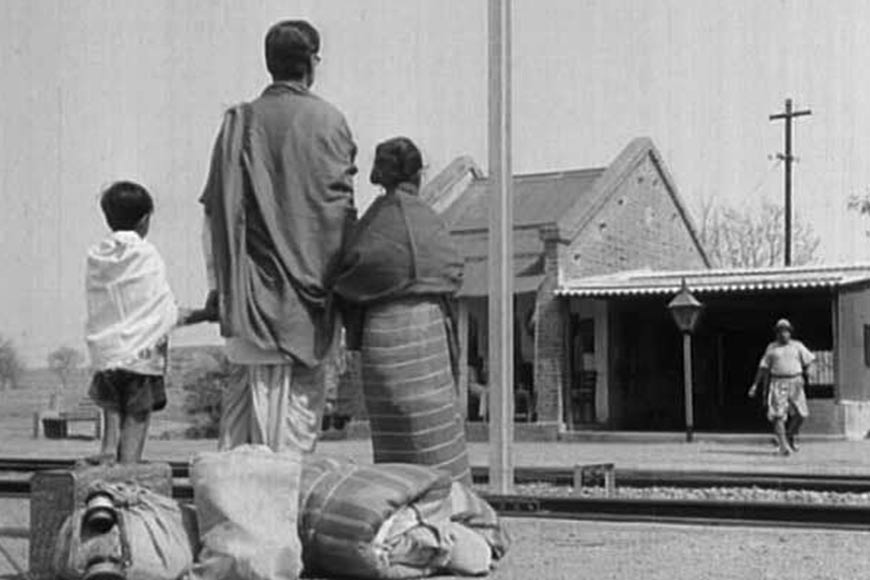
Rituparna Roy was in Berlin when she had her moment of epiphany. Walking through the Eisenman architectural Memorial to the Murdered Jews of Europe, she suddenly, in her own words, “realised the enormity of the crime”. And what brought this home to her was not the numerous books and films on the Holocaust, but art, specifically the installation she had just viewed. And she realised the power of art when it came to depicting the momentousness of certain events, with all their attendant grief, horror, and agony.
It can safely be said that the Partition of India in 1947 was one such event. The massive displacement of millions of refugees, the horrifying violence that accompanied this migration, the sheer human cost of the tragedy, has made it one of the most viscerally memorable landmarks of Indian history, not least because it affected not one, but two Indian provinces - Bengal and Punjab. And yet, when we speak of the horrors of Partition today, the spotlight tends to focus on Punjab far more than Bengal. It is as though the nearly 5 million Hindus who left Pakistan’s East Bengal for India’s West Bengal, and about 2 million Muslims who left West Bengal for East Bengal immediately after Partition, amidst scenes of unimaginable violence, are the forgotten children of history.
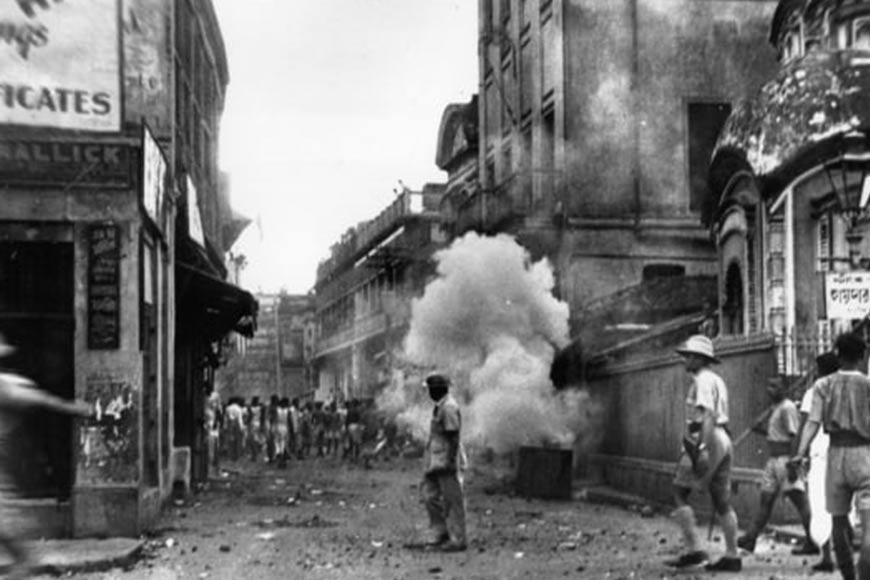
A student of English literature who went on to become a Partition scholar, Rituparna developed an abiding interest in the Partition of Bengal early on. Following her graduation from Presidency College, Kolkata, through academic sojourns in Amsterdam and Leiden University in the Netherlands, she retained her interest, and as part of her research, had planned visits to several countries with similarly painful histories of mass migration or violence, such as Ireland, Yugoslavia, and Germany.
The massive displacement of millions of refugees, the horrifying violence that accompanied this migration, the sheer human cost of the tragedy, has made it one of the most viscerally memorable landmarks of Indian history, not least because it affected not one, but two Indian provinces - Bengal and Punjab.
In 2016, a four-day research trips to Germany, which has kept the dark memories of the Holocaust alive in numerous different ways, was particularly illuminating. As she says, “I realised that in India, we have virtually no public spaces to commemorate momentous events such as Partition. There are academic seminars and scholarly books, films and lectures, but no public participation. Why couldn’t we have a public museum, for instance, that commemorates Partition and its horrors? Through art, through artefacts, through living history?”
Back in Kolkata in 2017, after a decade in the Netherlands, Rituparna paid a visit to the Partition Museum in Amritsar set up that very year, but perhaps inevitably, she found that while Punjab occupied centre stage, the Partition of Bengal remained relatively neglected. And the urge to establish a Partition museum in Kolkata grew stronger.
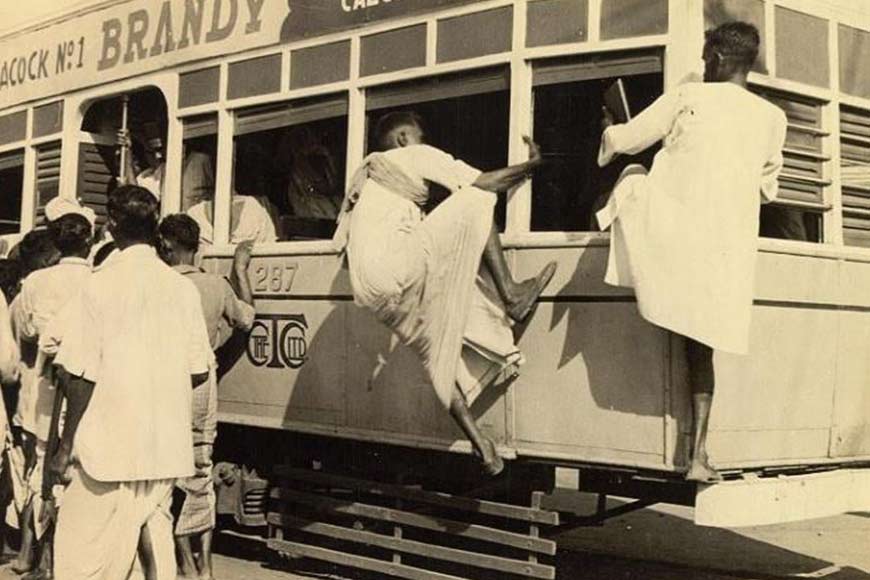
That urge became a mission, which has culminated in the Kolkata Partition Museum Project (KPMP), first conceived in 2016, but steadily growing in scale with time. Come August 2o21, and KPMP will be staging a full-fledged art exhibition curated by art historian, educator and researcher Dr Rajasri Mukhopadhyay. In line with Rituparna’s long-held realisation that art in its broadest sense, including art installations, perhaps brings home the immediacy of an event more strongly than other media, the exhibition, to be held at Kolkata Centre for Creativity, will feature the works of a group of contemporary artists chosen specially for their engagement with the Partition of Bengal.

“I have long been interested in the art born out of Partition, and its accompanying migration and trauma. Momentous events like these have always produced timeless works of art, and while past masters such as Paritosh Sen or Somenath Hore, whose families bore the brunt of Partition first hand, have engaged with Partition in their individual ways, I wanted to see how contemporary artists, those born long after Partition, have dealt with it,” explains Dr Mukhopadhyay. “For this exhibition, I have identified artists whose work has been informed by Partition, directly or indirectly.”
KPMP functions under the Kolkata Partition Museum Trust, which was registered in August 2018.
Among them is Binayak Bhattacharya, whose art focuses on the people who inhabit borders between nations, with specific reference to the two Bengals. There is artist and educator Paula Sengupta, who received a grant which enabled her to travel to her roots in Bangladesh. Amrita Sen, whose works focus on human stories of Partition, particularly those of women, as represented by the films of Ritwik Ghatak, also finds place. Veteran art teacher Dilip Mitra, whose works have rarely been exhibited, brings to the table his works on the residents of the various urban ‘colonies’ which came up to house refugees, with the artist himself growing up in one. And there is Debasish Mukherjee, whose work focusses on the concept of home, oscillating between personal memories and a deeper sense of loss.
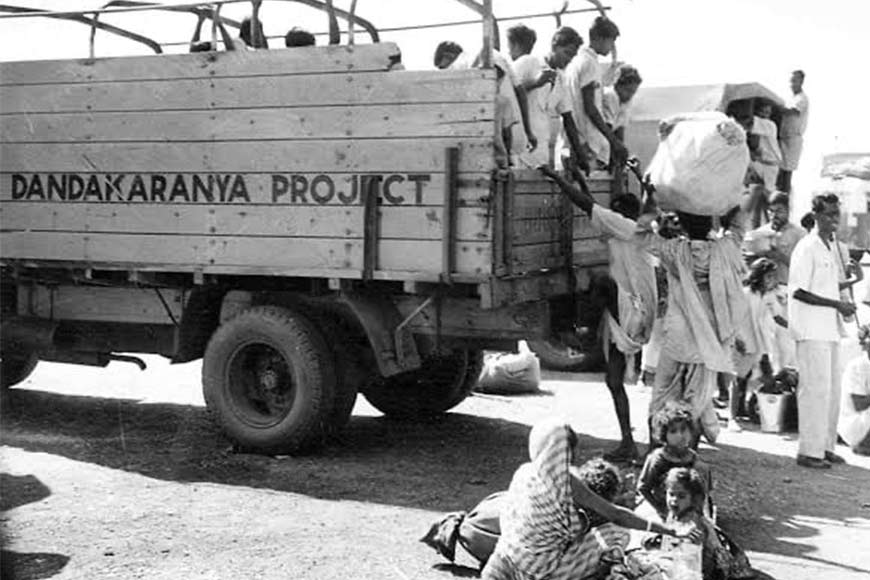
“We chose August because it is the month when India celebrates Independence, which is also when we need to commemorate Partition. This is our tryst with destiny. We had thought of August 2020, but the Covid crisis prevented an offline exhibition,” says Dr Mukhopadhyay.
KPMP functions under the Kolkata Partition Museum Trust, which was registered in August 2018. Trustees include Rituparna Roy (managing trustee); Dr Jayanta Sengupta, Secretary & Curator, Victoria Memorial Hall; Tapati Guha Thakurta, Professor of History at the Centre for Social Science Studies; Abhijit Pathak, chartered accountant; and Neelina Chatterjee, advocate. The museum is still on the lookout for physical premises, a quest that has been set back by a year by the Covid pandemic.
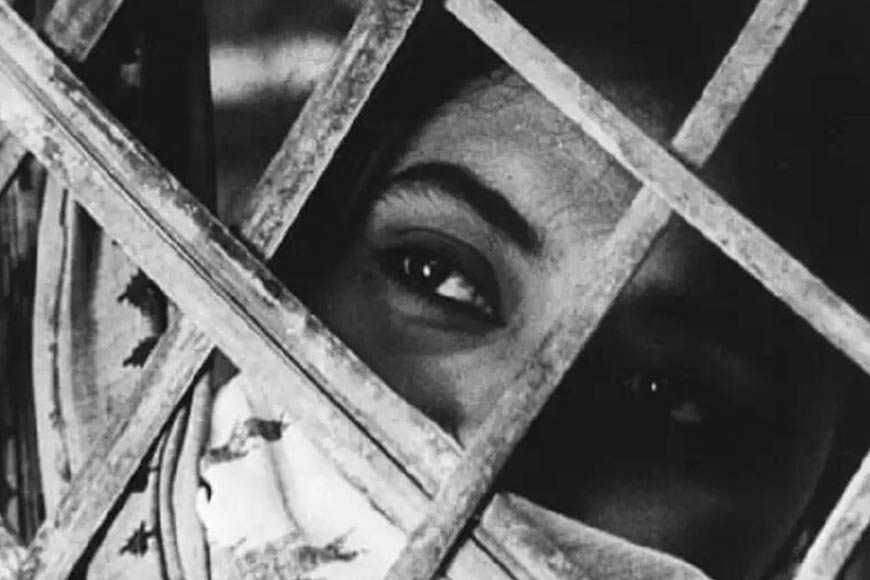
As Rituparna says, “Unlike Punjab, the aftermath of Partition in India is still felt in West Bengal, particularly along its border with Bangladesh, because this was an event which impoverished the state and radicalized its politics. We need to ensure that young people today, and the generations who will follow them, know the truth, both the good and the bad, about this milestone in our history, in as public a way as possible.”
IMAGE COURTESY: Kolkata Partition Museum Facebook page https://www.facebook.com/KPMProject










